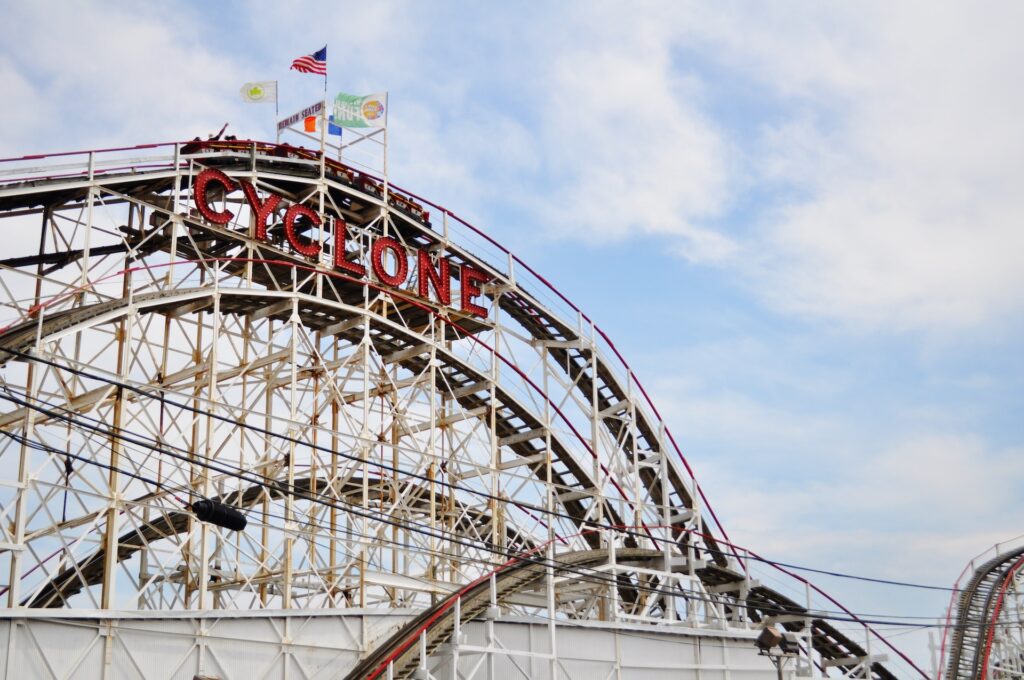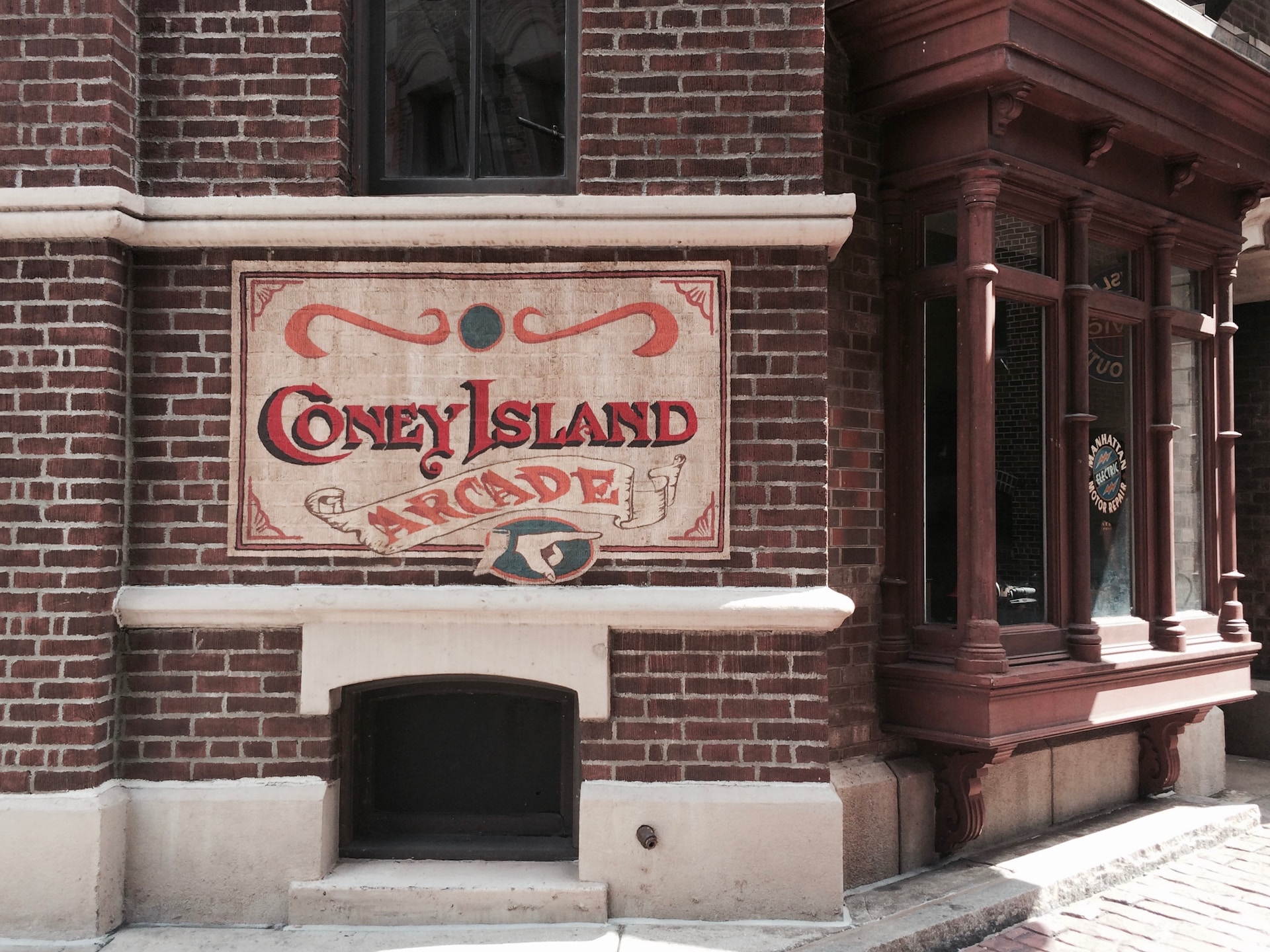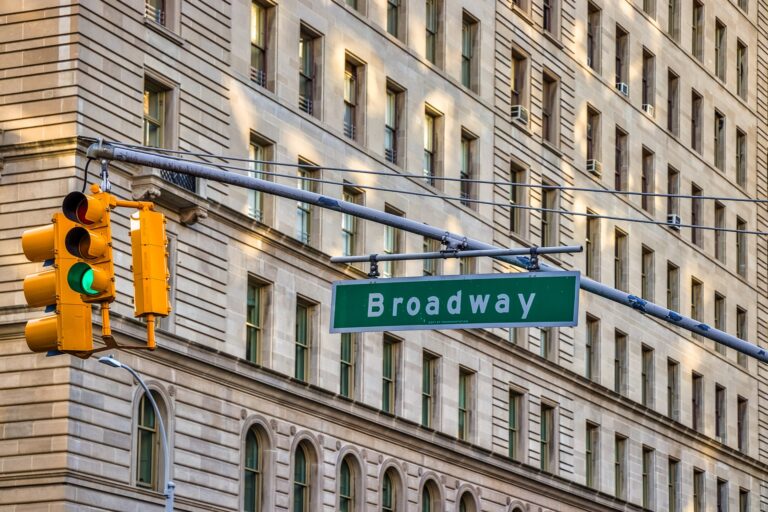If you’re a history enthusiast or simply have a fascination with the city that never sleeps, then you’re in for a treat. Today, we’re taking a deep dive into the captivating history of Coney Island, the birthplace of American amusement parks. Situated in the southernmost part of Brooklyn, New York, Coney Island has a rich and colorful past that continues to captivate visitors to this day.
The Origins of Coney Island
The story of Coney Island begins in the mid-19th century when it was nothing more than a quiet, sandy peninsula with the Atlantic Ocean on one side and Sheepshead Bay on the other. Originally known as “Conyne Eylandt” by the Dutch settlers, it was later anglicized to Coney Island. In the early 1800s, Coney Island began to attract visitors seeking a respite from the hustle and bustle of Manhattan.
The Rise of Amusement Parks
Coney Island’s transformation into the birthplace of American amusement parks can be traced back to the late 19th century. It was during this time that entrepreneurs and visionaries like Charles Feltman and George C. Tilyou saw the potential in this sandy expanse and began to introduce thrilling rides, games, and attractions.
One of the first major attractions to open its doors was Sea Lion Park in 1895. This park, featuring a variety of rides and games, set the stage for what was to come. Shortly after, in 1897, Steeplechase Park was established, becoming one of the most iconic amusement parks of its time. Steeplechase Park was a sensation, offering visitors a chance to experience exhilarating rides like the famous Parachute Jump, a 250-foot drop that provided a bird’s eye view of the entire park.
It was also home to the iconic Steeplechase Horse Race, a ride where guests would race wooden horses along a track. The success of Steeplechase Park paved the way for other amusement parks to emerge in the area.

Coney Island’s Golden Age
The early 20th century marked the golden age of Coney Island. This was a time when the area flourished with a multitude of amusement parks, each offering its own unique attractions. Luna Park, Dreamland, and Astroland were just a few of the parks that became synonymous with Coney Island during this period.
Luna Park, with its stunning architecture and dazzling lights, was a true marvel. It boasted attractions such as the famous Cyclone roller coaster, the Wonder Wheel, and the spectacular Dragon’s Gorge. Dreamland, on the other hand, aimed to transport visitors to a world of fantasy and wonder, featuring attractions like the towering Tower of Jewels and the picturesque Dreamland Tower.
Competition and the End of a Dream
As the popularity of Coney Island grew, so did the competition among park owners. Dreamland, which opened in 1904, aimed to outshine its rivals with extravagant attractions like the world’s largest pool, a simulated trip to the moon, and even a reenactment of the biblical story of Noah’s Ark. However, tragedy struck in 1911 when a devastating fire destroyed Dreamland, leaving behind a legacy of what was once considered the grandest amusement park in the world.
Coney Island Food
Coney Island’s allure extended beyond its amusement parks. The legendary Nathan’s Famous Hot Dogs, established in 1916 by Nathan Handwerker, quickly gained popularity among locals and tourists alike. The establishment’s humble beginnings as a small hotdog stand on the corner of Surf and Stillwell Avenues have now transformed into a renowned landmark.
Nathan’s Famous Hotdogs has become synonymous with Coney Island, drawing crowds with its mouthwatering all-beef hotdogs topped with signature condiments like mustard, sauerkraut, and onions. Its annual Fourth of July hotdog eating contest has become a beloved tradition, attracting competitors from around the world.

The Decline and Revival
However, Coney Island also faced its fair share of challenges over the years. The decline of the amusement park industry in the mid-20th century led to the closure of many beloved parks, including Luna Park in 1944. The neighborhood’s glory days seemed to be fading into memory. However, the spirit of Coney Island could not be extinguished.
In recent decades, Coney Island has undergone a revitalization, with new amusement parks and attractions breathing new life into the neighborhood. The iconic Cyclone roller coaster was restored and reopened in 1975, becoming a symbol of Coney Island’s resilience. The opening of the new Luna Park in 2010, paying homage to its predecessor, once again made Coney Island a must-visit destination for thrill-seekers and nostalgia enthusiasts alike.
Surrounding Culture
Beyond the amusement parks, Coney Island continues to be a cultural melting pot, attracting artists, musicians, and performers. The annual Mermaid Parade, a flamboyant celebration of creativity and self-expression, draws crowds in the thousands. The Coney Island Museum, located in the historic Childs Building, showcases the neighborhood’s colorful history and serves as a reminder of its enduring legacy.
A Must-Visit Destination
Today, Coney Island continues to be a must-visit destination for both locals and tourists alike. It offers a unique blend of nostalgia, history, and modern entertainment. From the thrilling rides and games to the iconic boardwalk and beautiful beach, there is something for everyone to enjoy.
Whether you’re a history buff, a thrill-seeker, or simply looking for a fun day out, Coney Island has it all. So, next time you find yourself in New York City, don’t miss the opportunity to visit the birthplace of American amusement parks and experience the magic of Coney Island for yourself.







